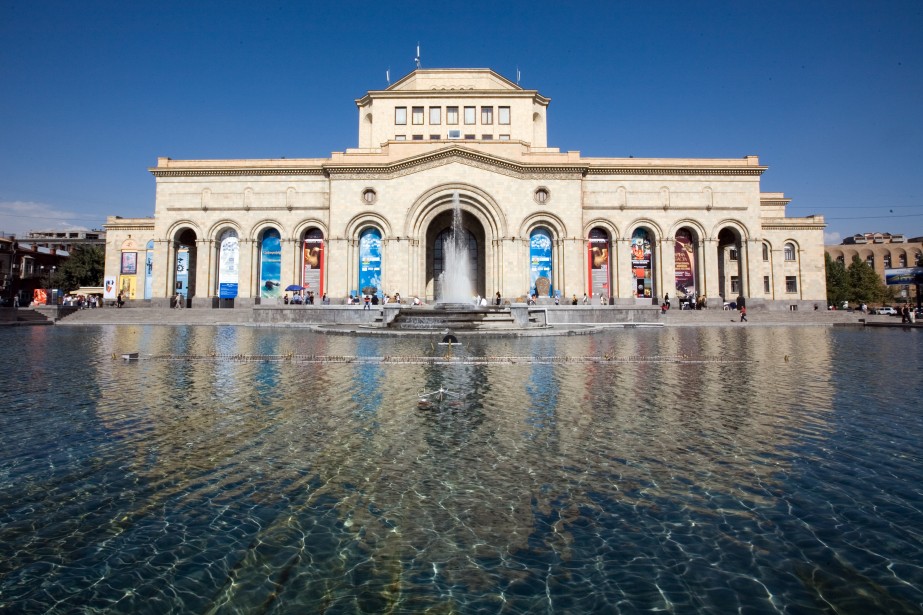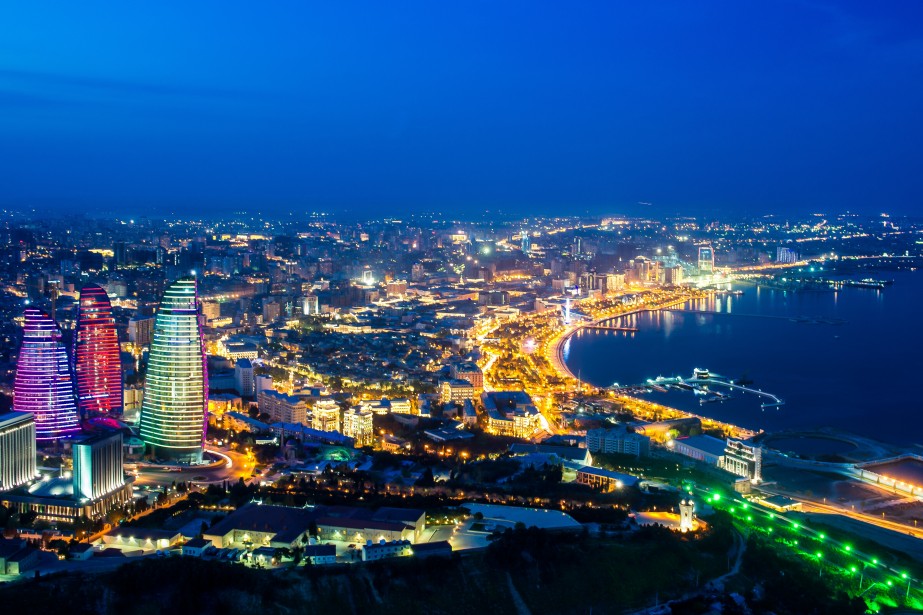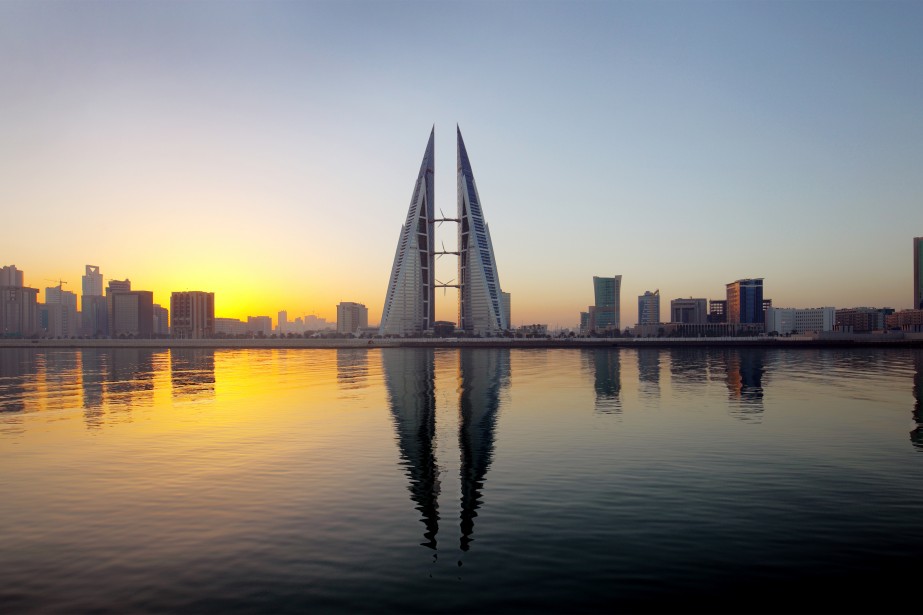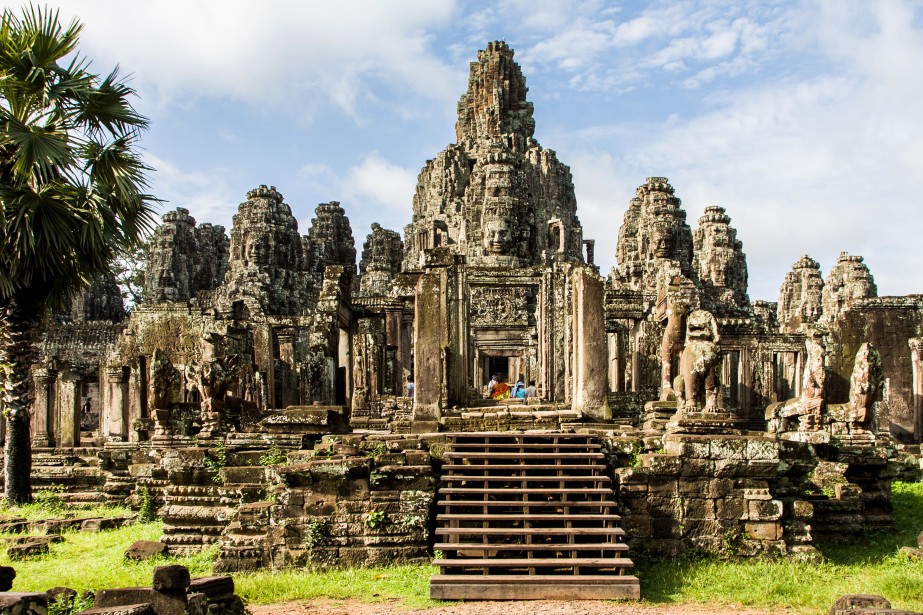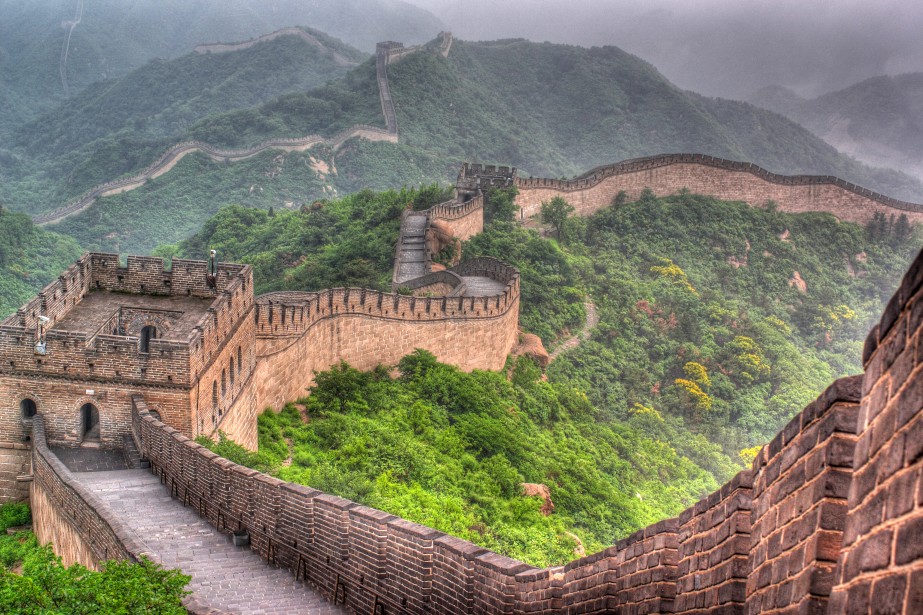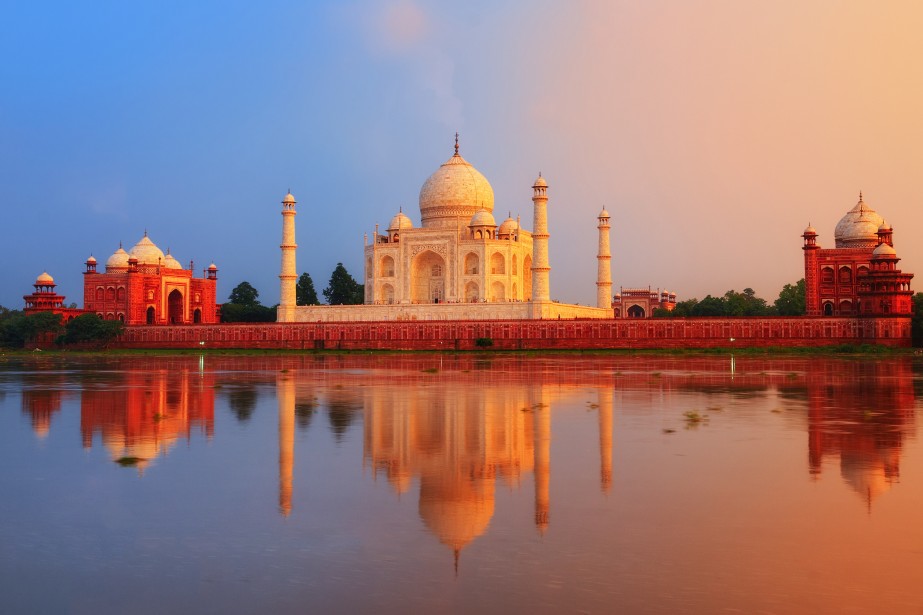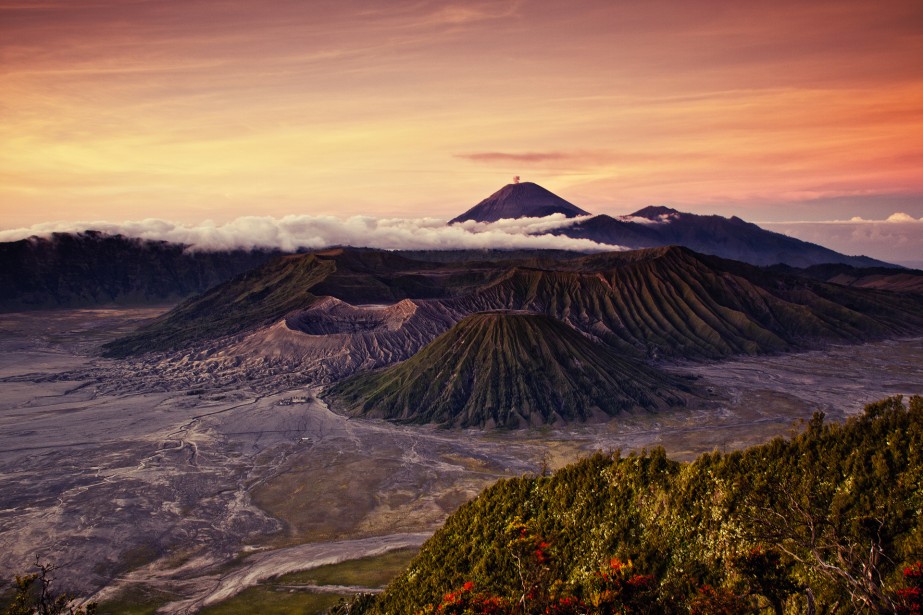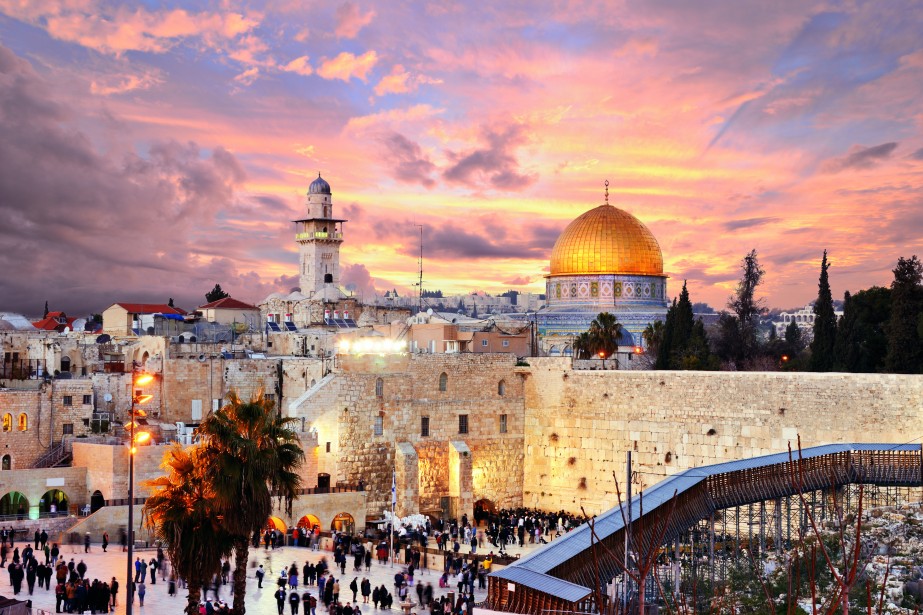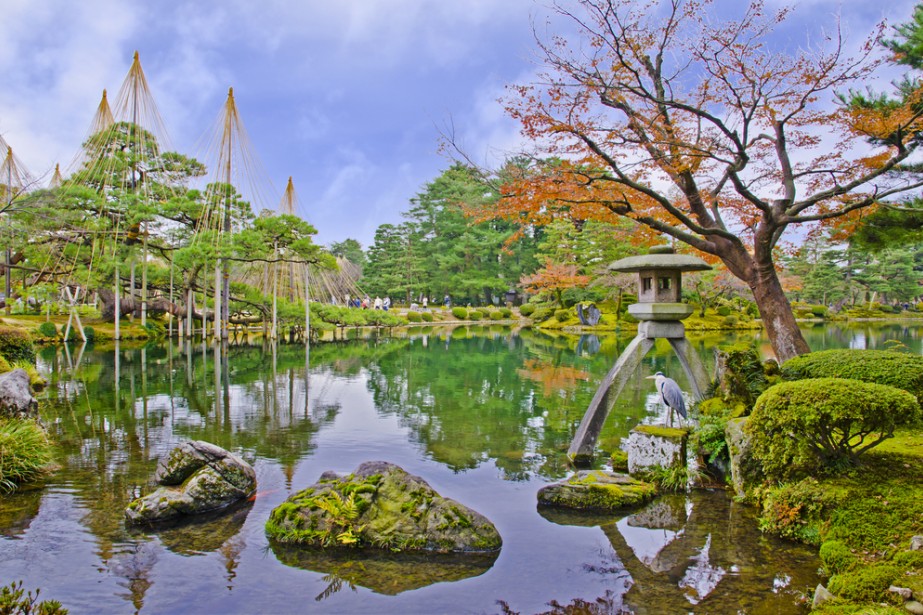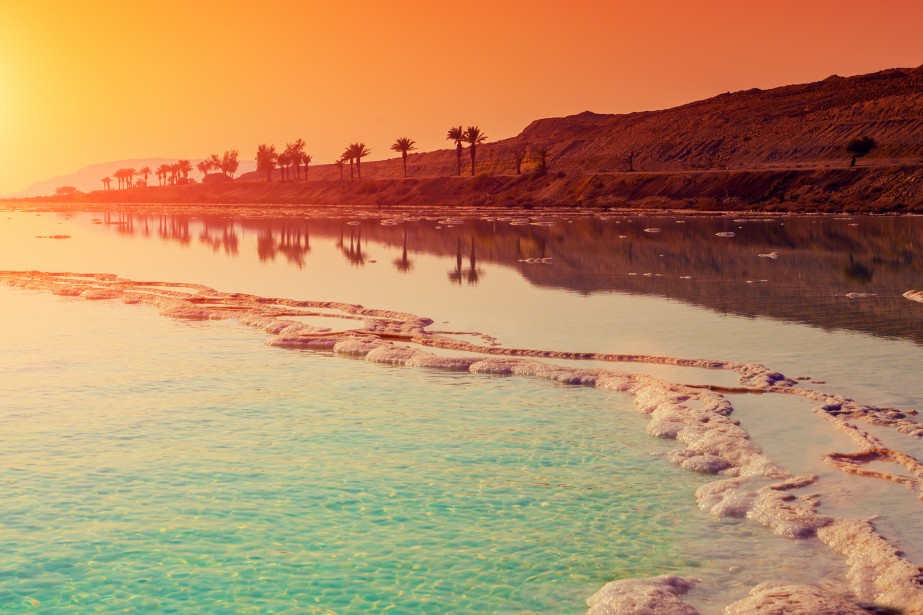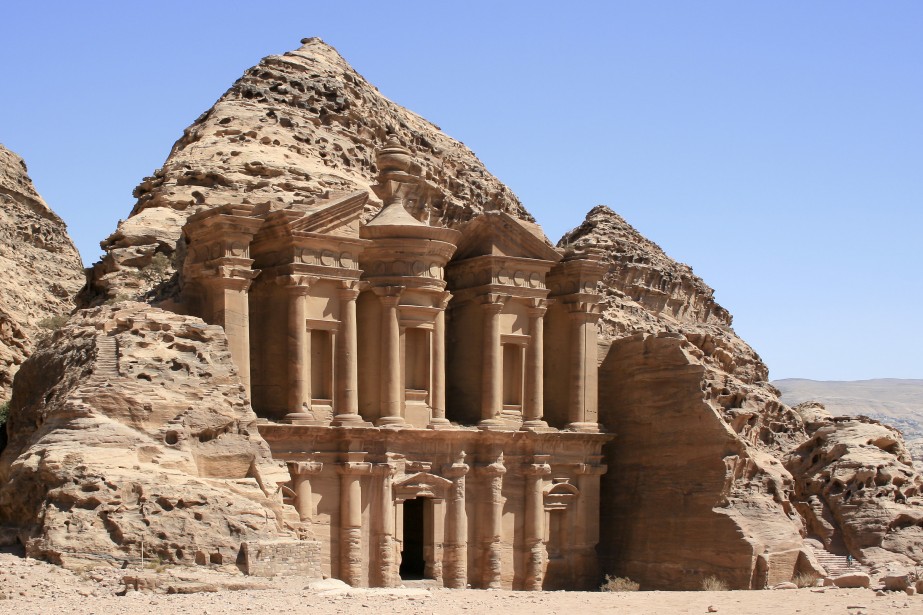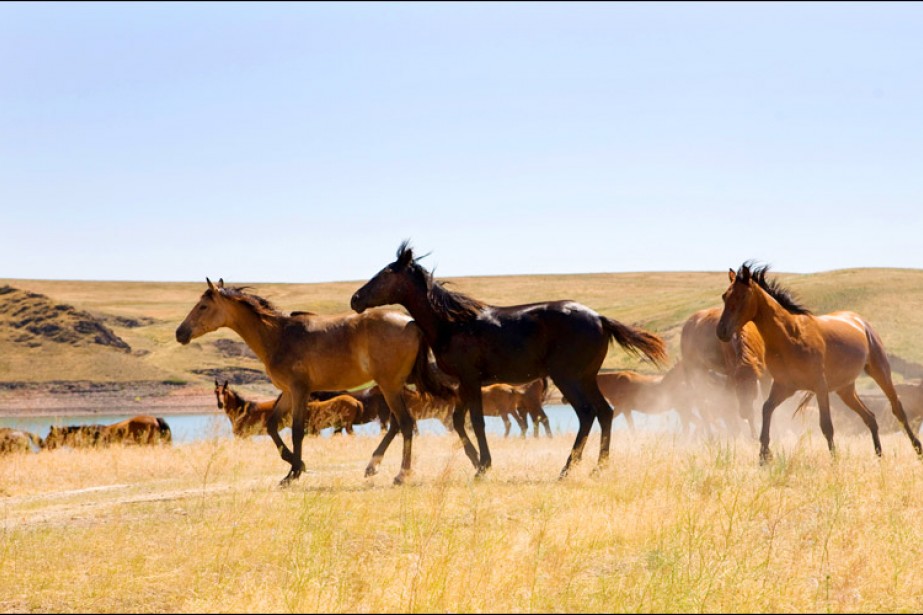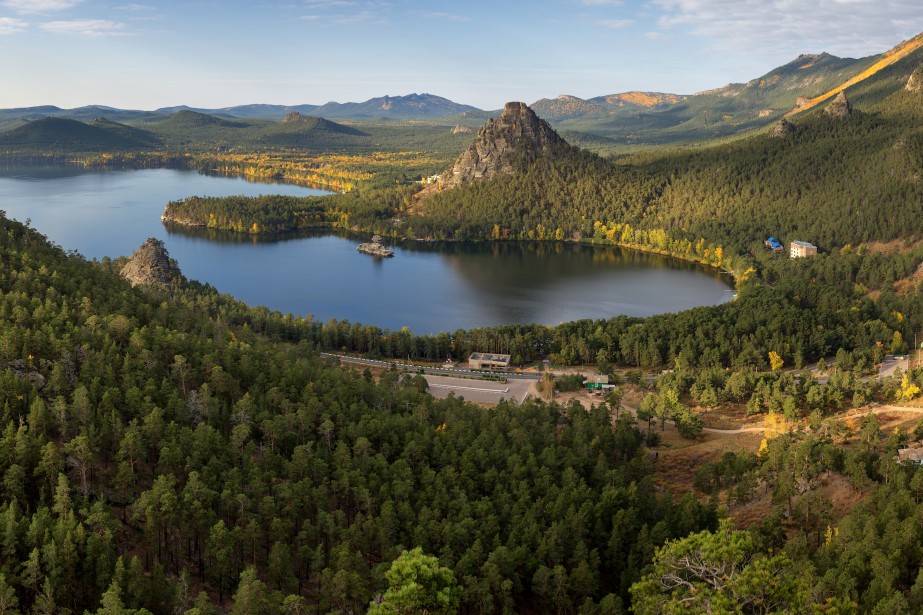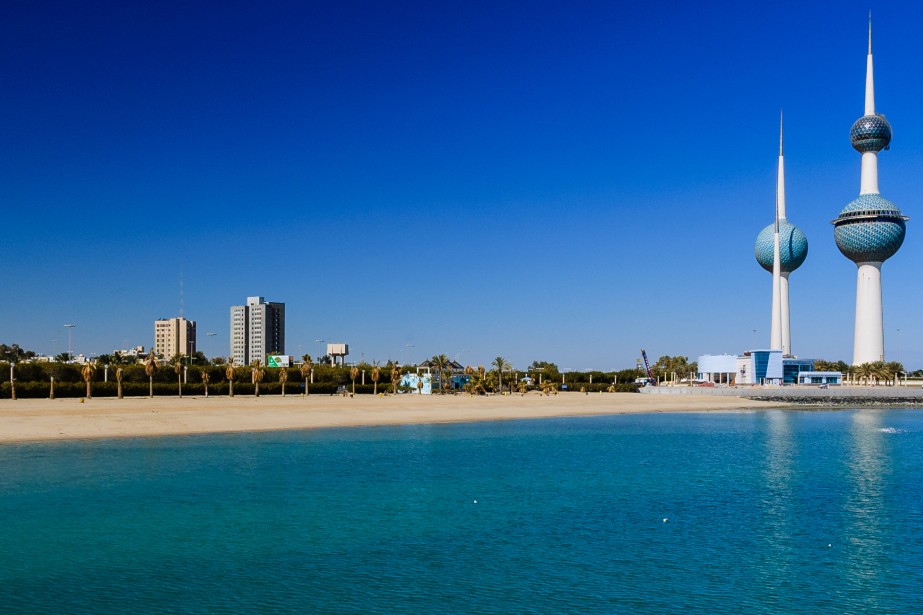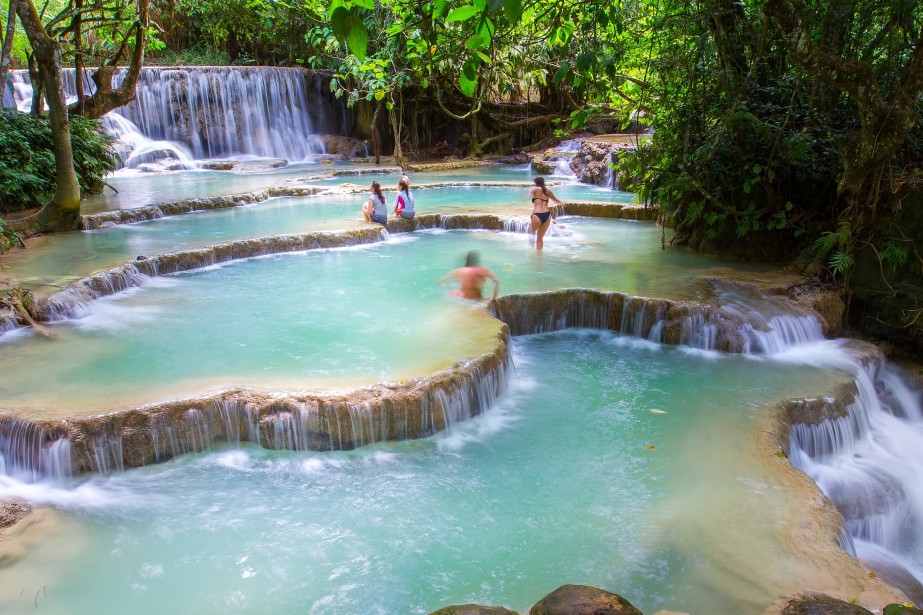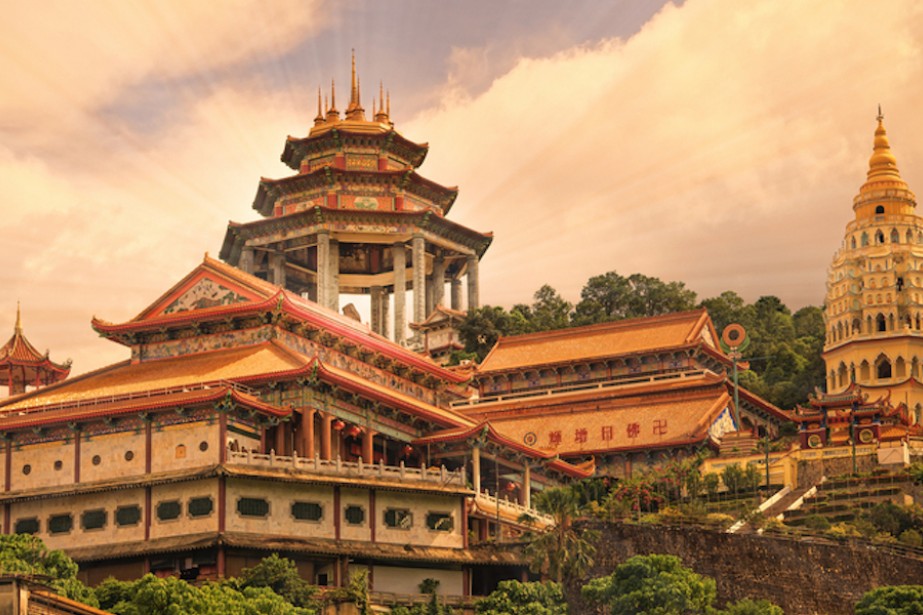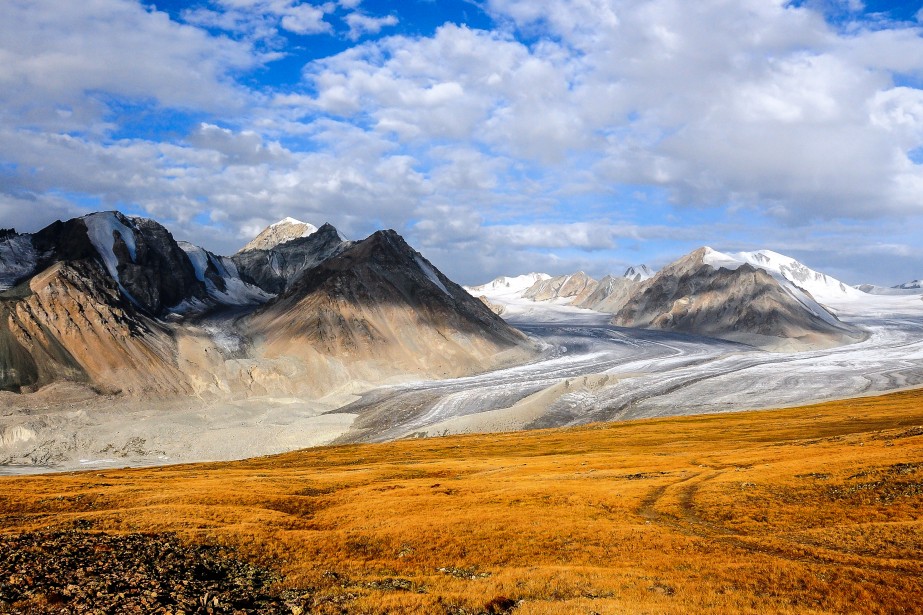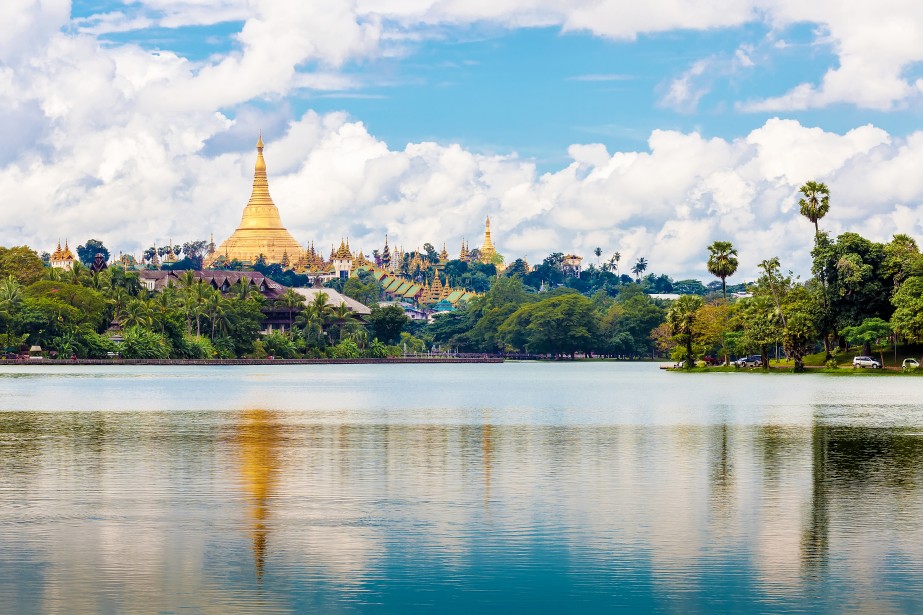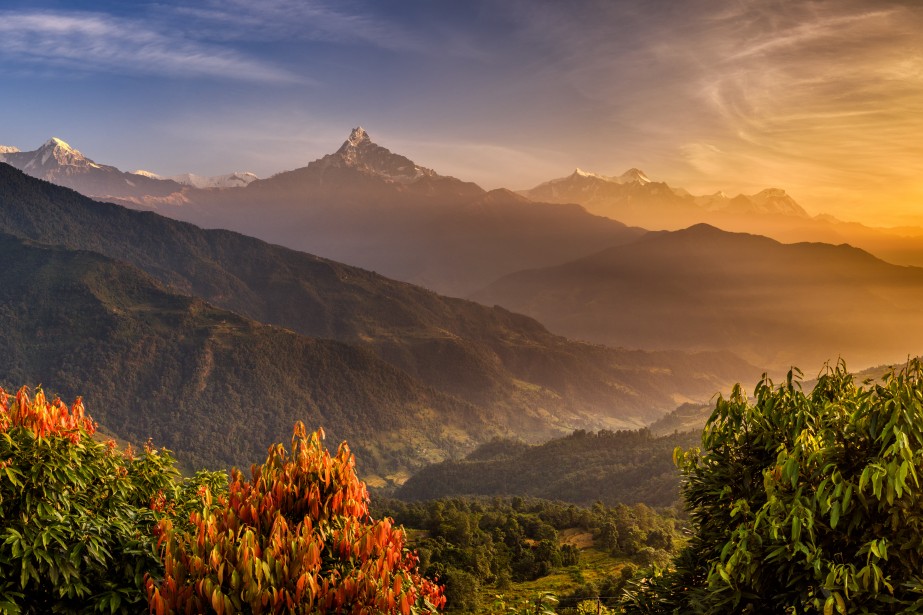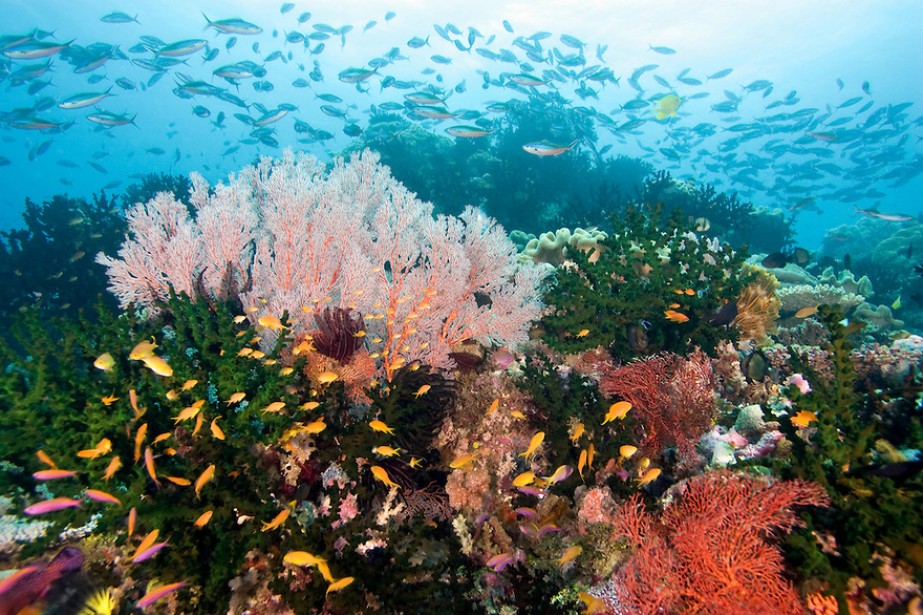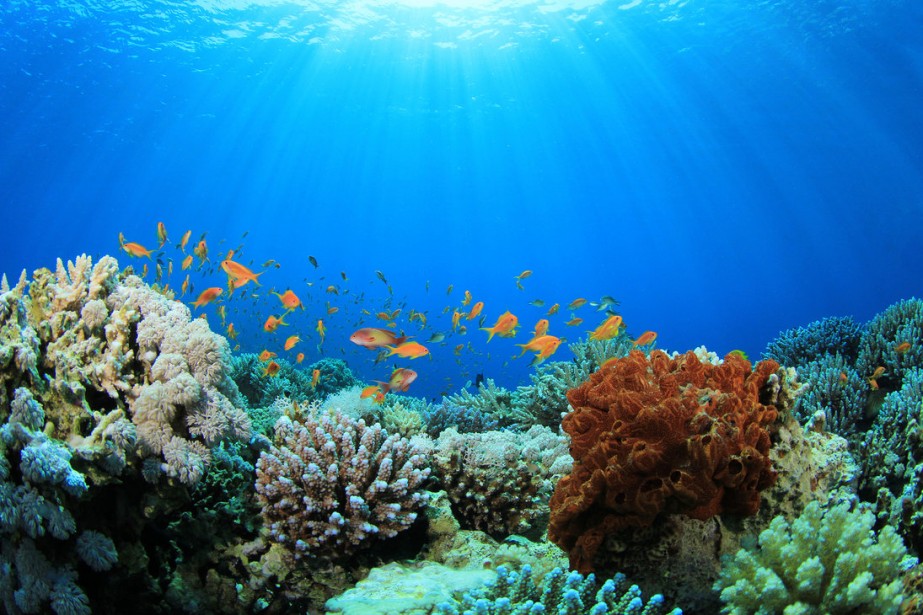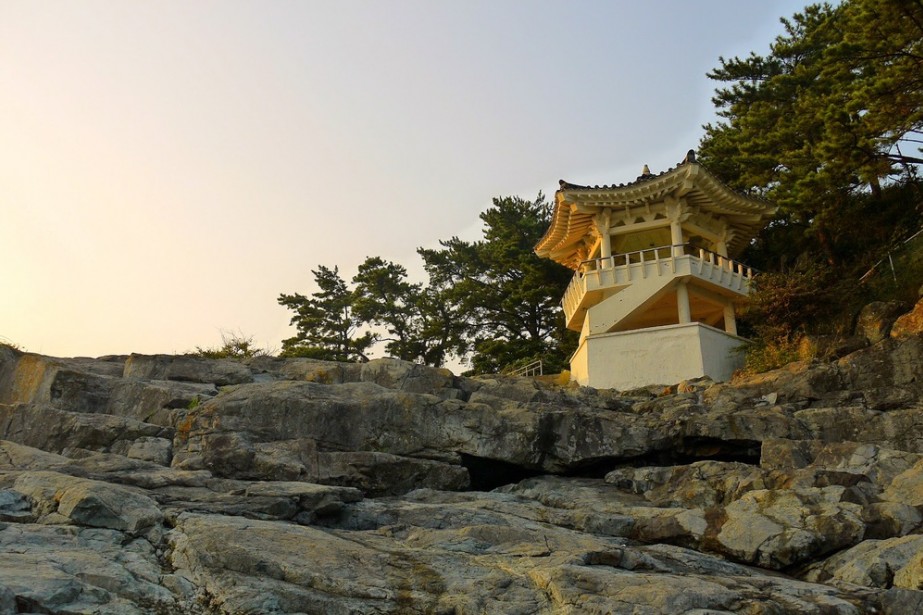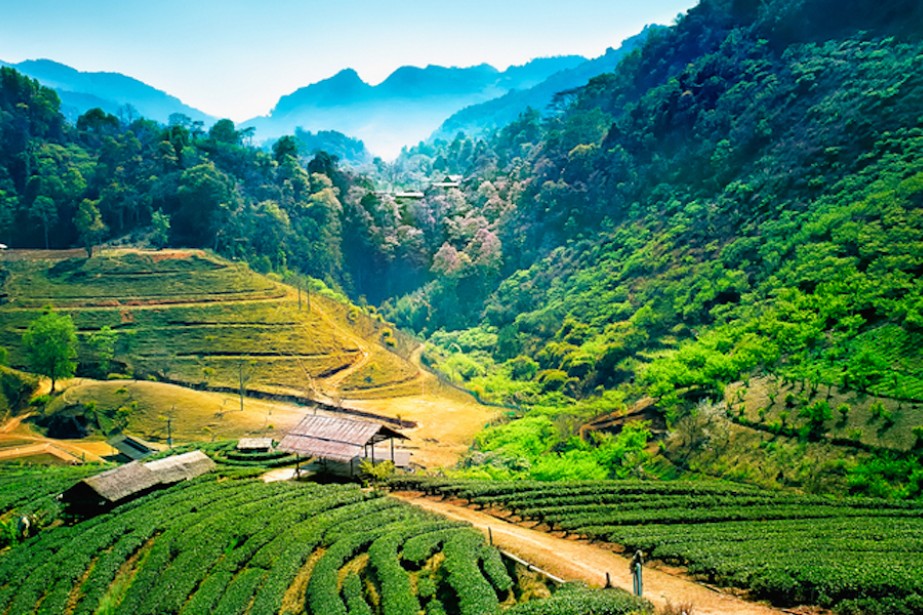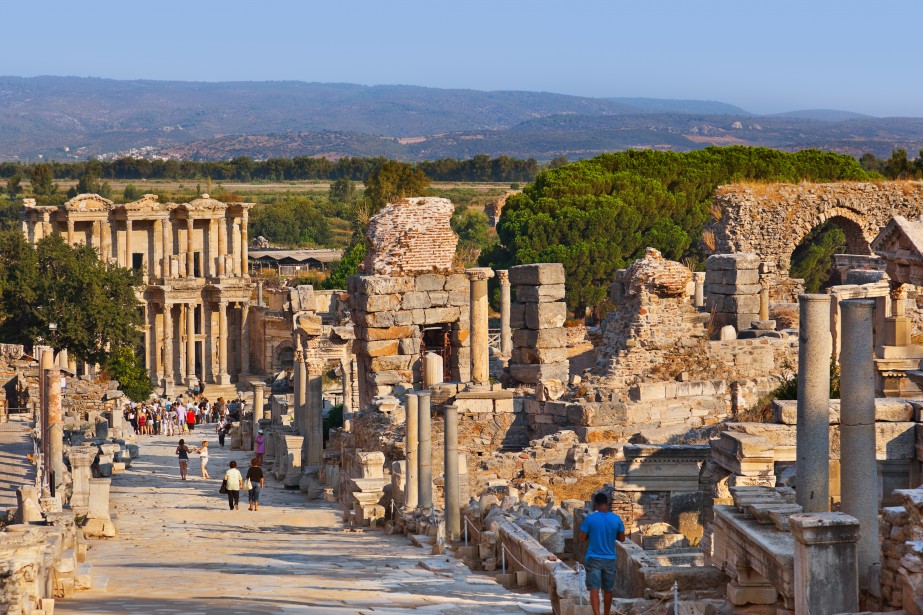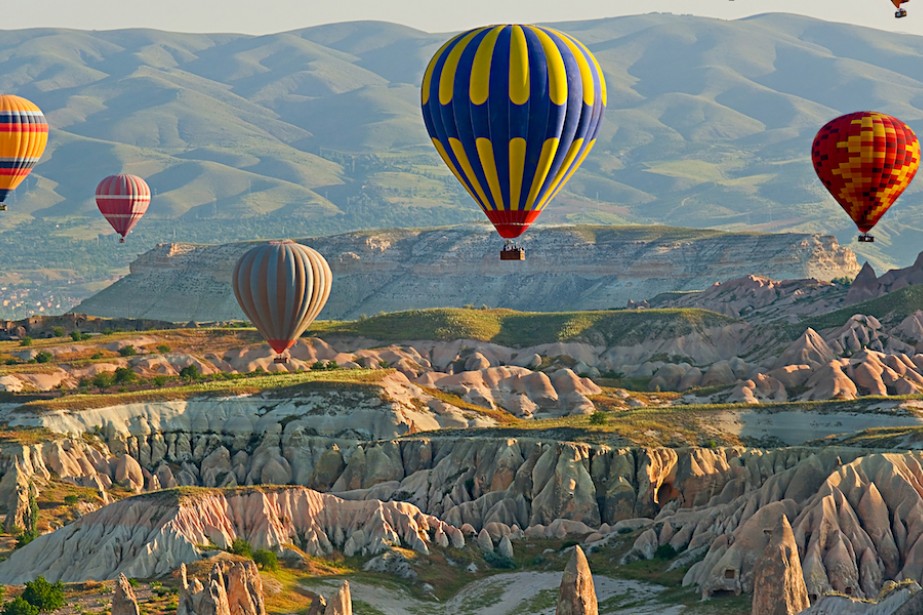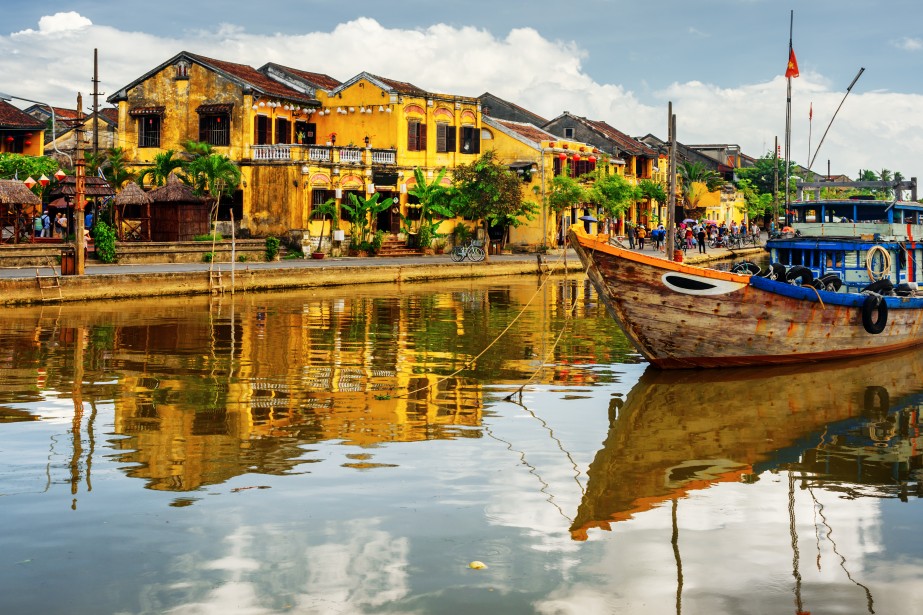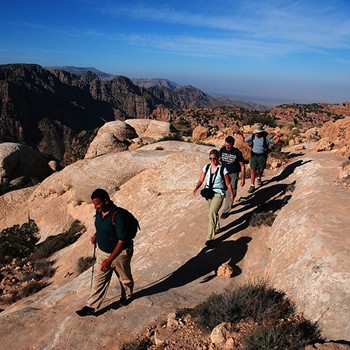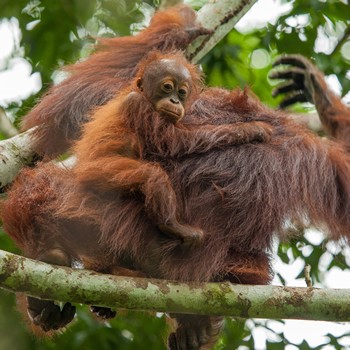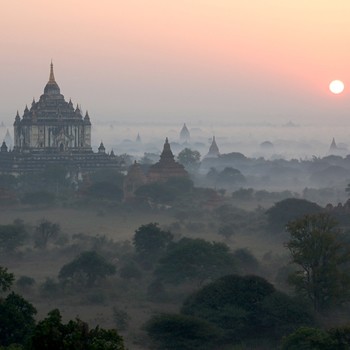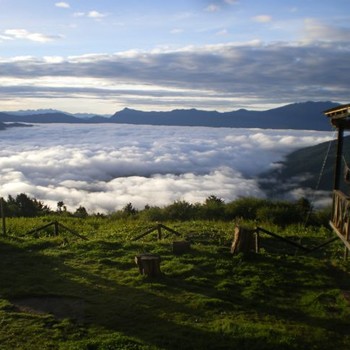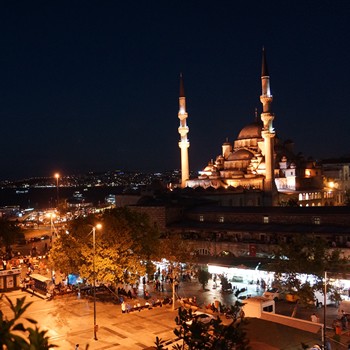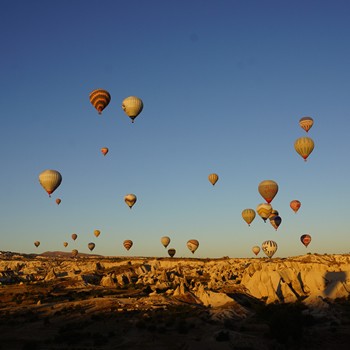Submitted by Pip Strickland on December 12, 2015
Overview
Encompassing the eastern half of New Guinea and with its islands scattering into the Bismarck Sea, Papua New Guinea exhibits a staggering cultural diversity. This melanesian archipelago is home to more than 800 different languages and a tribal history that evokes images of feather-adorned dancers and fierce cannibalism. While its dramatic mountainous landscape makes overland travel difficult and few roads penetrate its interior, it is this challenging remoteness that lures so many adventure travelers to its shores.
Papua New Guinea’s dense jungles provides a habitat for numerous endemic and rare species that bring nature lovers to its wild trekking trails, while the country’s World War II history has made these muddy routes a pilgrim destination for others. Its wartime legacy extends to the coast, where shipwrecks on the ocean floor attract a steady stream of inquisitive divers, coupled with outstanding marine species-rich coral reefs.
Many visit for the captivating festivals that mark the yearly calendar, with the friendly people of the far east ‘Islands of Love’ celebrating the humble yam, while the masked dancers of the highland region offer a glimpse into the distinct tribal divisions that still exist today.
When to travel/weather
Papua New Guinea’s seasons are divided into a cool ‘dry’ season between May and October, the ‘wet’ months of December through to March, and the slightly less predictable ‘shoulder’ months of April and November. The peak tourist season coincides with the ‘dry’, when cool breezes and low humidity prevail. Hiking tracks such as the Kokoda Trail are best tackled during this period and many of the country’s famous highland festivals are held. If you are planning to travel during this period or visit the festivals, then be aware that accommodation can get booked out months in advance.
The ‘wet’ season sees high temperatures and humidity, together with heavy rains that make many roads impassable, particularly in the highlands. Milne Bay sees less rain during this period, making it an ideal time to visit, while the surf conditions are at their best throughout the northern islands.
If you want to avoid the crowds and most of the rain, then opt to travel during the ‘shoulder’ months of April and November when shower are more sporadic.
Food and drink
Most hotels in Papua New Guinea will serve up a mix of international cuisines, but venture into more remote areas and the menu will get increasingly local. Papua New Guinea’s diet is based largely around root staples like taro, sweet potatoes and sago, with many families having small plots where they grow their own vegetables, supplemented by products gathered within the surrounding forests.
Sago is extracted from the sago palm, pounded into a powder, and combined with banana and coconut cream in a dish known as dia, while the sago grub is considered a local specialty and eaten raw. Kaukau (baked sweet potato) offers an everyday source of carbohydrate and is a popular accompaniment to most Papua New Guinea meals. Yams play an important role in many traditional festivals, believed to be connected to ancestral power and fertility beliefs and are often grown to huge lengths and displayed proudly.
Fruits like bananas, papayas, watermelon and guava accompany many meals, while coconut appears in its many different forms as a delicious flavor-enhancer.
While those living along the country’s extensive coastline have an abundance of fish and shellfish available, those living inland only consume meat on special occasions. Dishes such as mumu, pork slow roasted in a traditional hot stone earth oven, together with a traditional chicken pot simmered with vegetables and coconut cream, favorites during celebrations.
Popular vacation spots
Kokoda Trail
The world-renowned Kokoda Trail stretches 60 miles from Port Moresby in the south of the main island to Owens Corner in the north. It was the sight of fierce fighting between the Australian army and Japanese Imperial Forces during World War II and has become a pilgrimage hike for many Australians seeking to explore their history. With elevations over 7,000 feet in part and treacherous, often muddy, slopes, it should only be attempted with experienced guides during the dry season.
Mount Wilhelm
Papua’s highest peak, Mount Wilhelm or Enduwa Kombuglu in the local language, towers at 14,000 feet over the surrounding landscape and has become a popular trekking site for mountaineering enthusiasts. There are two routes of contrasting difficulty that span 3-4 days and the views from the top across the island are sensational.
Eastern Highlands
The spectacular mountainous region of the Eastern Highlands offers excellent trekking opportunities, combined with some of Papua New Guinea’s most evocative cultural heritage. It is here in Goroka that one of the biggest highland festivals takes place each year, while the megalithic ruins and human skull-decorated houses of Bena Village are just nearby.
The Rainforest Habitat
Located just a few miles from Lae, the lush tract of jungle known as ‘The Rainforest Habitat’ is home to a diverse range of local flora and fauna, including more than two dozen species of Birds of Paradise. For those without the time to explore Papua New Guinea’s remote wilderness, this is the next best thing.
Mount Balbi
Just off the main island’s east coast lies Bougainville, where the ancient caldera of Mount Balbi stands at over 9,000 feet. The trek up the volcanic cone to its crater lake is spectacular, beginning in the small village of Wakunai.
Mendi Valley
Situated within the Southern Highlands, the Mendi Valley’s stunning landscape is scattered with karst limestone caves and dramatic rock formations, while the famous Huli wigmen call many of its villages home.
Madang
In addition to being one of Papua New Guinea’s most attractive cities, Madang is the ideal base for scuba diving on the surrounding corals reefs and World War II wrecks. There are a number of companies that will take you to explore its warm, clear waters, set amidst beautiful surrounding scenery.
Chambri
The Chambri region is the ideal place to embark on a river tour within a traditional dugout canoe, gliding by remote villages nestled into lush jungle. The Chambri Lakes are also renowned for their birdlife, with a vast diversity of species including kingfishers and brahminy kites spotted.
Kanganaman
Kanganaman is the the place to buy traditional wooden carvings, including totems and masks, with the artisans visible at work. Don’t miss its famed haus tambaran, considered one of the most impressive in the entire country.
Trobriand Islands
Situated within the stunning Milne Bay Province, the low-lying Trobriand Islands, or ‘Islands of Love’, are home to some of Papua New Guinea’s friendliest people. Visit during the annual Milmala yam harvest festival to share in the unique traditional rites and celebrations of singing and dance.
Vanimo
For Papua New Guinea’s most consistent waves, head to the small town of Vanimo in the Sandaun Province, where surf camps scatter the coast. While you can surf year round, the best season stretches from October to early-May.
Practical information
Language
With more languages spoken in Papua New Guinea than any other country (820+), on first glance it may appear difficult to know what to speak. But Tok Pisin or New Guinea Pidgin is the most widely spoken language, followed by Hiri Notu in the southern regions. While English is taught at schools and listed as an official language, it is not widely spoken outside of administration and the tourism industry. Having said that, most tourists will be able to communicate with just English, picking up a few words of Tok Pisin during their travels.
Money
Papua New Guinea’s currency is the Kina (K), named after a valuable pearl that was once used as a form of currency before Europeans introduced an official monetary system. You can change Euros, US Dollars and Australian Dollars readily at Port Moresby’s international airport and some major banks throughout the big cities, while both Visa and MasterCard are accepted at ATMs.
Some large hotels and restaurants will accept credit cards for payment, but checking in advance is always advisable, particularly if you’re heading to the outlying islands.
Tipping is not part of Papua New Guinea custom and is generally discouraged.
Health and Safety
Malaria is a problem in certain parts of Papua New Guinea so, if in doubt, anti-malarial medication is advisable. Yellow Fever and Cholera vaccination certification is required by those coming from infected areas.
Water quality within most large towns and cities is generally good and within World Health Organization standards, but bottled water or purification tablets are a good precaution in rural areas.
Port Moresby has a reputation for being notoriously dangerous, and while most tourists aren’t loitering in the capital too long, if you are overnighting here, be sure to follow any safety guidelines outlined by your hotel. Outside of the capital most areas are generally very safe and locals incredibly friendly, however traveling with guides that speak the local tongue is highly advisable to avoid any problems, particularly throughout some of the more remote highland regions.


